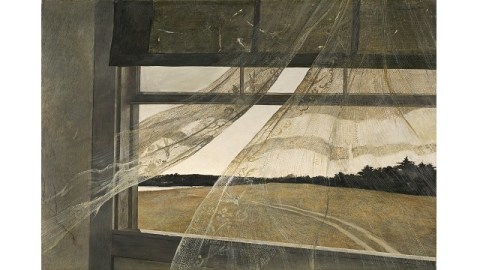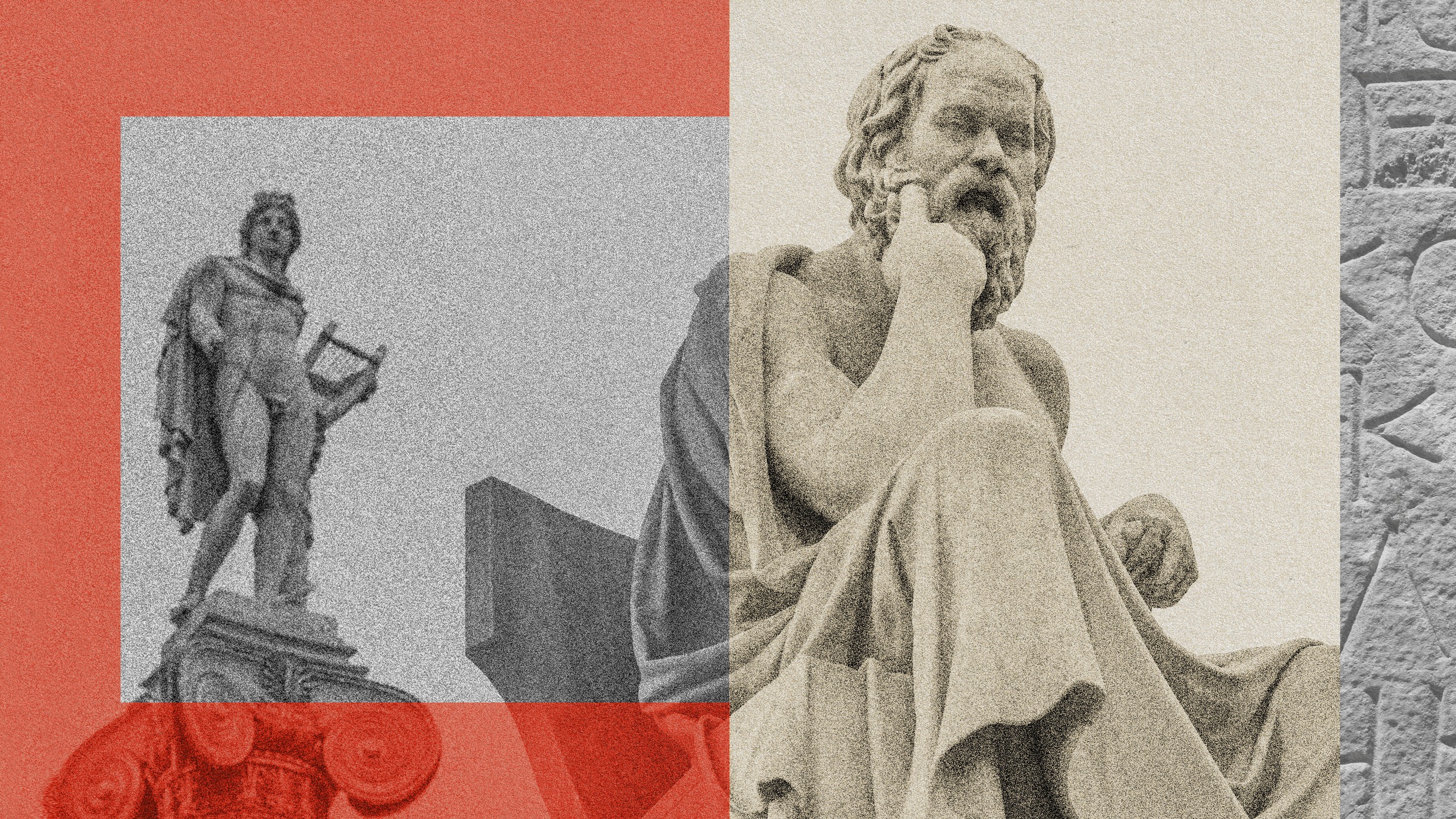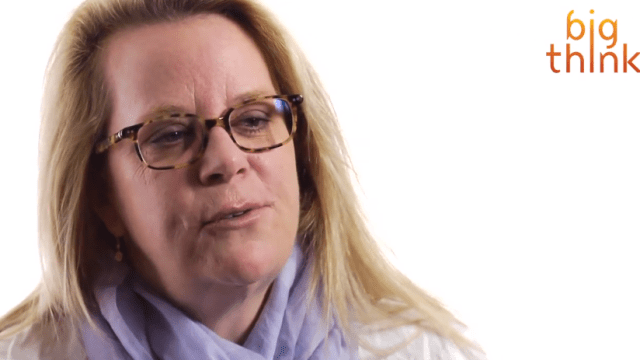Is an Artist’s Studio a Window into Their Soul?

If the eyes are the windows of the soul, can the windows of an artist’s studio—the vistas they viewed daily for inspiration—offer a glimpse into their soul? In anticipation of the upcoming exhibition Andrew Wyeth: Looking Out, Looking In, set to open at the National Gallery of Art in Washington, DC, on May 4th, the NGA and the Brandywine Conservancy and Museum of Art teamed up to give the press a crash course on the deceptively realist and deceptively difficult artist Andrew Wyeth. The NGA show hopes to open a new window on the appreciation of Wyeth by focusing on the theme of windows in his work, which they believe will breathe fresh air into studies of an artist whose decades-long reclusiveness before his death in 2009 seems to have shuttered public affection and understanding of the man, his art, and the landscape that shaped both. The specific case of Andy and the Brandywine region outside his window raises a more general question, however, of whether we can understand an artist better not just by looking at their art, but also by seeing what they saw—looking out their window to look into and through their imagination.
Just as unique as the close relationship between the Brandywine Conservancy and Museum of Art and the Wyeth clan is the network of places outside the museum just a short shuttle bus ride away that supplement the gallery experience. Starting with the studio of patriarch N.C. Wyeth, which served as a home and workplace for N.C. from 1911 until his death in 1945, the Brandywine began building a special, multimedia experience for visitors. That experience grew exponentially with the opening of Kuerner Farm, the subject of decades of work by Andy until his death. In 2012, the museum opened Andy’s studio to the public to offer a glimpse into his life and work impossible in the days when the all-capitals “I am working, so please do not disturb” sign really meant it. For critics, the tours seem like a theme-park version of art history, usually with the requisite “Wyeth’s World” allusion to Christina’s World. But for those who open themselves up to the experience, visiting the three sites allows you to understand these visceral artists in a way that words typically fail to do.
During a luncheon held in the N.C. Wyeth studio, both Brandywine Museum of Art Director Thomas Padon and N.C. Wyeth Curator Christine Podmaniczky referred to the night and day differences between the studios of father and son. N.C.’s studio is as big and inviting as the man himself. Bookcases filled with reference books line the walls. Props, including a full-size canoe hanging from above, bear witness to the artist’s passion for exactness in his illustrations, which literally provided the funds for him to build his studio. N.C.’s painter’s smock, palette, and other personal items suggest that he’ll be back soon, just as they suggested nearly 70 years ago before a tragic car-train collision killed both him and his namesake grandson. Eating in N.C.’s studio felt more like a celebration than an intrusion, as if the man himself presided at the head of the table instead of one of his last, unfinished paintings. But the most remarkable things about N.C.’s studio are the windows. Impossibly tall and impossibly wide, they invite you to look outside just as they invite the light and landscape in. Bigger than life when alive, N.C. Wyeth remains bigger than death thanks to this public access to his studio, which embodies the spirit of an artist best known for his popular book and magazine illustrations and for his public murals. To look through N.C. Wyeth’s windows is to look through his eyes.
As Padon and Podmaniczky promised, Andrew Wyeth’s studio offered a completely different, yet still compelling and revealing experience. A converted schoolhouse, Andy’s studio began as a home and studio for him and his new bride, but a growing family eventually forced a move into a larger home nearby. The studio then became just that for him and, later, for his artist son, Jamie. Curators have recreated Jamie’s partitioned studio area, but the whole house feels partitioned and separated. Jamie’s section stands just outside the door to the room where Andy painted. Entering Andy’s workspace feels like a privilege and a violation, as if the “do not disturb” sign outside still prevailed. The windows of Andy’s studio look out onto his beloved Brandywine, but not nearly with the same expansiveness as those of N.C.’s studio. Dried leaves and plant matter sit on windowsills for study, as if to bring the nature from the outside in. Where N.C.’s big and bold as if a claustrophobe, Andy’s smaller and subtler as if an agoraphobe. The windows are still there and let in the light and landscape, but the effect is more that of a filter than of a fire hose.
Of course, those contrasts are merely handy shorthand for two complex men and artists. N.C. enjoyed a rich interior intellectual life, perhaps even more so when fatherhood impressed on him the need to instruct his children about the life of art and the art of life. Similarly, the insularity of Andy’s studio belies a lifetime of endless wandering of the Brandywine woods from a childhood playing Robin Hood with his friends to an adulthood of ascending the same hills over and over, but never once the same in the endless layering of memory. I almost wish that the Brandywine could complete the recreation of Andy’s studio with blaring classical music like that he reportedly played while painting, or screenings of the beloved old movies on the home projector still sitting in the main room, or fencing matches mimicking the swashbuckling tales just shown. Would that be over the top, venturing too close to the art history version of Disney’s “Hall of Presidents”? Or would that be resurrecting the prime of the man and his art from the tomb of his later years fresher to our memory?
We all want to get close to the artists we love, whether through posters and prints or through pilgrimages to the places they worked. If you want to know Winslow Homer down to your bones, watch the roiling sea from his restored studio in Prout’s Neck, Maine. If you can’t understand the Abstract Expressionism of Jackson Pollock, view his Hamptons home and studio where he escaped the alcoholic excesses of New York City and found the solitude to drip and splatter his way to solace in a new style. Yet, whereas those artists rooted themselves in a specific place outside their window, some artists elude us with their placelessness. For example, Francis Bacon’s studio, a chaotic mess of paint-splattered walls and photograph-covered floor, could have been anyplace, as proven by its relocation from London to Dublin, Ireland, after his death. Bacon could paint anywhere. The Wyeths, however, needed to paint somewhere, usually the place right outside their window.
Andrew Wyeth: Looking Out, Looking In takes on a task as daunting as Monty Python’s “All England Summarize Proust Competition” skit. How do you start untangling in words a multigenerational, century-long compendium of visual art ostensibly “realist” but in reality an entanglement of public and private history embedded in emotional memory—Proust in paint? Perhaps you take that mouthful and swallow it one bite at a time, just like the proverbial elephant. Rather than search the whole house, instead, as this exhibition suggests, open a window (like the window in Andy’s 1947 Wind from the Sea, shown above) and trust in the prevailing winds to inspire. Unfortunately, in our high-speed internet access times of Google Art Project and virtual art exhibitions, opening that real-world window instead of a Microsoft Window seems harder and harder (even for me). But if we really want to understand a difficult artist such as Andrew Wyeth, we need to go beyond the gallery to the place itself. Seeing the paintings or their virtual equivalents may be the next best thing to being there, but it’s important to remember that being there is still the very best and most meaningful thing.
[Image:Andrew Wyeth. Wind from the Sea, 1947. Tempera on hardboard. Overall: 47 x 70 cm (18 1/2 x 27 9/16 in.). Framed: 66.4 x 89.5 x 7 cm (26 1/8 x 35 1/4 x 2 3/4 in.). National Gallery of Art, Washington, Gift of Charles H. Morgan. © Andrew Wyeth.]
[Many thanks to the National Gallery of Art in Washington, DC, and the Brandywine Conservancy and Museum of Art in Chadds Ford, PA, for the image above and the press tour of Wyeth country in anticipation of the exhibition Andrew Wyeth: Looking Out, Looking In, which will run at the NGA from May 4 through November 30, 2014.]





